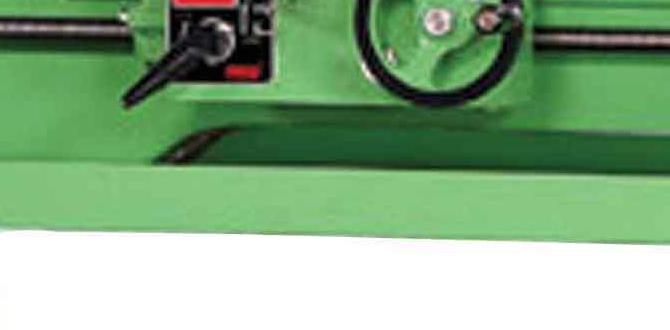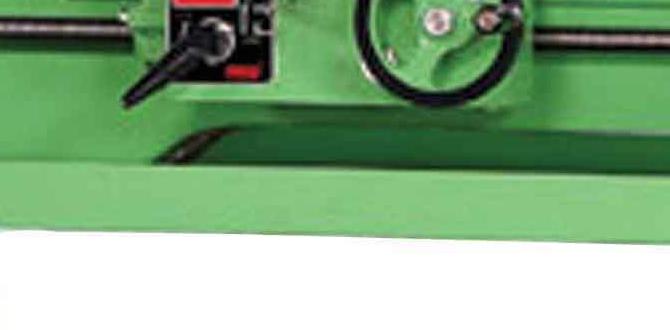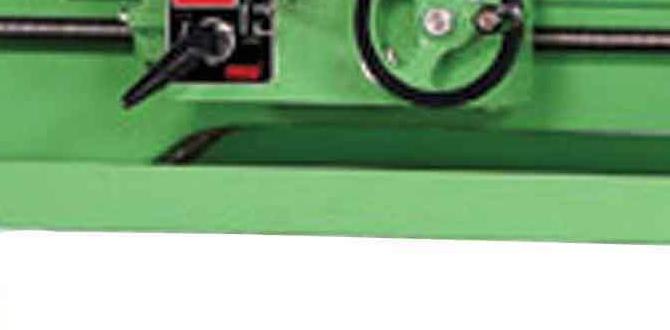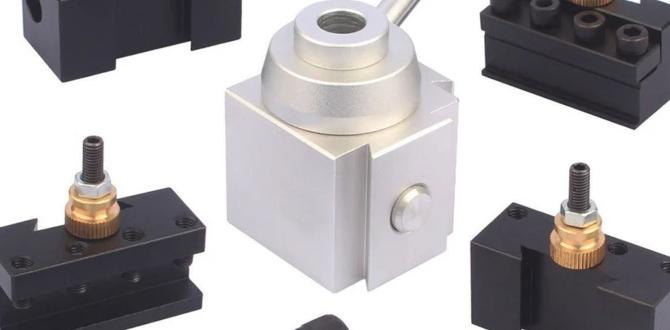Wood lathe dust collection is an essential, yet often overlooked, aspect of safe and enjoyable woodworking. The fine sawdust and woodchips generated by a lathe can quickly fill your workshop, posing a health hazard and creating a messy environment. However, with an effortless design for your wood lathe dust collection system, you can significantly mitigate these issues. This article will delve into the principles and practicalities of creating an effective dust collection setup, focusing on the design of the hood itself.
The primary goal of any dust collection system is to capture airborne particles at their source. For a wood lathe, this source is the spinning workpiece being shaped. Without a proper capture mechanism, the centrifugal force of the lathe will fling sawdust and chips in all directions, making it nearly impossible to keep your breathing zone clean. This is where a well-designed hood plays a critical role.
The Importance of a Well-Designed Wood Lathe Dust Collection Hood
A properly designed wood lathe dust collection hood design is the frontline defense against airborne wood particles. Its purpose is to create a localized vacuum that draws dust and chips directly from the point of creation into your dust collection system. Several factors contribute to the effectiveness of a hood:
Placement: The hood needs to be positioned as close as possible to the cutting tool and the workpiece without impeding your access or vision. This is often the most challenging aspect, as lathe operations require freedom of movement and clear visibility of the turning surface.
Shape and Size: The hood’s dimensions and form are crucial for efficiently channeling airflow. It should be large enough to encompass the area where dust is generated but not so large that it dilutes the airflow and reduces suction efficiency. A curved or tapered design often helps direct the dust towards the collection port.
Airflow Dynamics: The hood works in conjunction with your dust collection machine (a shop vac or a dedicated dust collector) to create the necessary airflow. The velocity of the air, guided by the hood, needs to be sufficient to overcome the outward force of the spinning debris.
Common Approaches to Wood Lathe Dust Collection Hood Design
There are several approaches to designing a wood lathe dust collection hood, ranging from simple, DIY solutions to more sophisticated, commercially available options.
1. The Basic Box Hood:
This is perhaps the simplest design. It involves creating a box-like enclosure that surrounds the lathe spindle area. The box is typically open on one side, facing the operator, allowing for access. Dust collection is achieved by attaching a vacuum hose to an aperture at the rear or side of the box. While easy to build, these hoods can sometimes be less effective as they might not optimally capture dust generated at various tool angles.
2. The Partial Enclosure Hood:
A more refined version, this design uses a curved or angled panel that partially encloses the turning area. It’s designed to catch most of the debris flung outwards. The key here is the shape. A parabolic or funnel-like curve can effectively direct airflow and debris towards the collection port. Some designs incorporate adjustable elements to fine-tune the hood’s position relative to the workpiece.
3. Integrated Hood Systems:
These are often more expensive but offer superior performance. They might be built into the lathe itself or be specifically designed to mount to the lathe’s bed or tool rest assembly. These systems are engineered for optimal airflow and often feature aerodynamic shapes and precise placement to maximize dust capture.
Material Choices for Your Wood Lathe Dust Collection Hood
The materials you choose for your hood can impact its durability, weight, and ease of construction. Common options include:
Plywood/MDF: These are popular choices for DIY hoods due to their ease of cutting and shaping. MDF is heavier but offers a smoother finish.
Acrylic/Polycarbonate: Clear plastics are excellent for hoods as they allow you to see the turning process clearly. They are lightweight and can be easily formed or cut. However, they can be more susceptible to scratching or cracking if not handled carefully.
Sheet Metal: While more challenging to work with for the average DIYer, sheet metal offers superior durability and can be fabricated into highly efficient, aerodynamic shapes.
3D Printed Parts: For those with access to a 3D printer, creating custom-fit hoods with complex geometries is a possibility. This allows for highly optimized designs tailored to specific lathe models.
Key Considerations for an Effortless Design
When aiming for an effortless design, the focus shifts from just creating a physical hood to integrating it seamlessly into your workflow. This means ensuring it’s:
Easy to Install and Remove: You shouldn’t be wrestling with your dust collection hood every time you switch between turning and other tasks. Quick-release mechanisms or simple clamping systems are ideal.
Adjustable: The hood’s position and angle may need to be adjusted depending on the workpiece diameter and the type of turning operation. Features that allow for easy adjustment without tools are highly beneficial.
Non-Obstructive: The hood should never interfere with your ability to use the lathe safely and effectively. This includes having clear visibility of the workpiece and ample space to maneuver your tools.
Durable and Stable: A flimsy hood that vibrates or shifts during operation will be ineffective. It needs to be robust enough to withstand the rigors of woodworking.
Easy to Clean: Sawdust accumulates quickly. The hood’s design should facilitate easy wiping down or debris removal.
Integrating with Your Dust Collection System
The wood lathe dust collection hood design is only one part of the equation. For true effortless operation, it needs to be effectively connected to a suitable dust collection setup.
Hose Diameter: Ensure the diameter of the hose connecting to your hood is appropriate for the airflow of your dust collector. Too small a diameter can restrict airflow, while too large can reduce velocity.
Flexible Hose Routing: Use flexible, smooth-walled hoses to minimize airflow resistance. Try to keep the hose runs as short and direct as possible.
* Adequate Suction Power: A standard shop vac might suffice for light dust collection, but for significant woodchip removal, a dedicated dust collector with a larger capacity and higher static pressure is recommended. Consider cyclone separators to extend the life of your vacuum filters and maintain suction.
By thoughtfully considering these elements, you can move beyond the frustration of a dusty workshop and embrace the joy of woodturning. An effortless design for your wood lathe dust collection system isn’t just about convenience; it’s about creating a healthier, safer, and more productive woodworking environment. Investing time in designing and implementing an effective dust collection setup will pay dividends in the long run, protecting your health and enhancing your enjoyment of the craft.







